SPECIAL
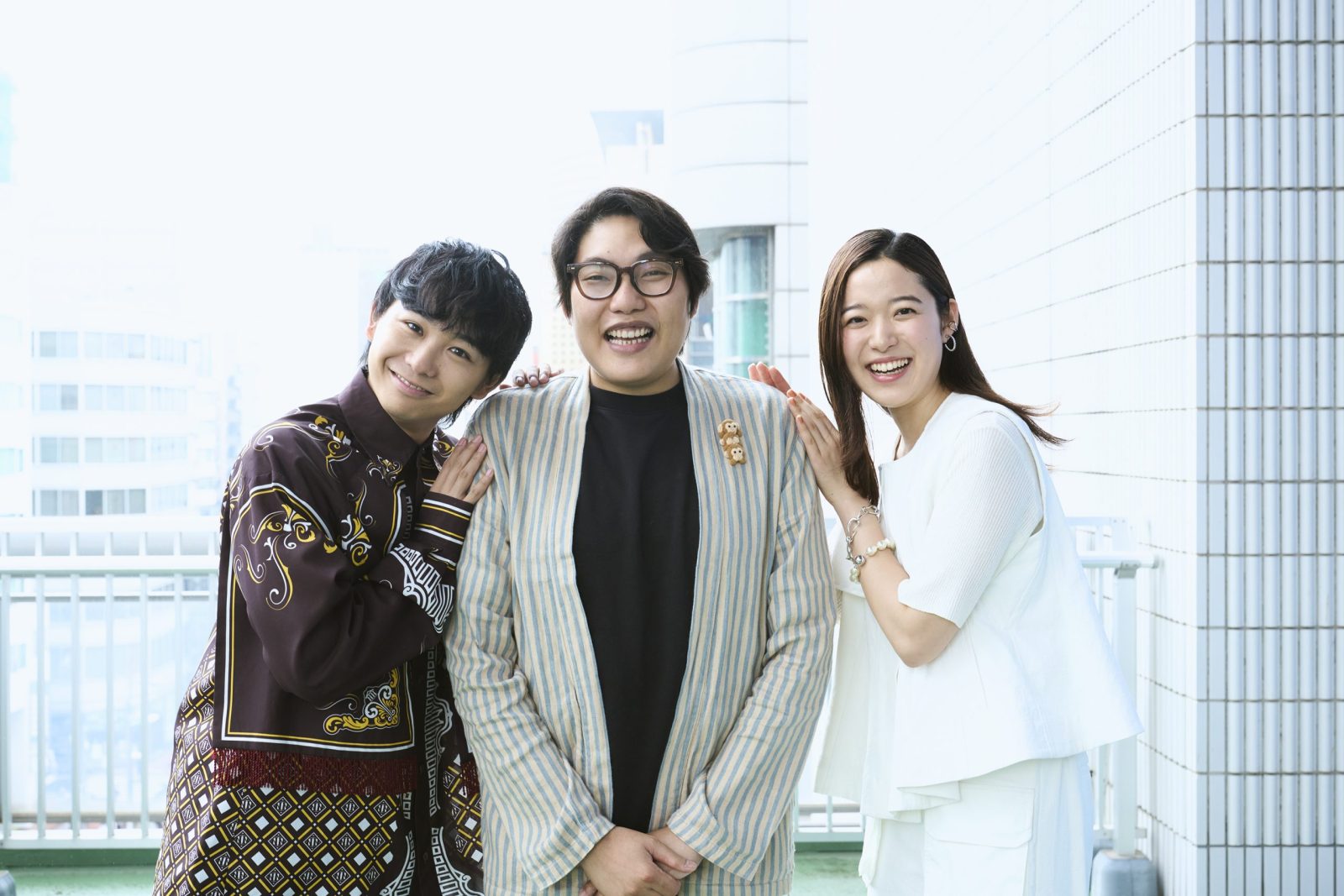
Yuichi Kinoshita x Kenta Suga x Ryoko Fujino Special Talk [Part 1] | Tokyo Festival 2024
A requiem and an ode to the Edo period
The Tokyo Festival 2024 kicks off on Sunday, September 15th. This year's theme is "Transit NOW~Swing by the Stage~ " - a performing arts festival will be held in Ikebukuro where anyone can easily take a detour, just as if choosing a slightly different path than usual.
Here, we spoke with Kinoshita Yuichi, the head of Kinoshita Kinoshita-Kabuki , and Tokyo Metropolitan Theatre Autumn Selection Suga Kenta and Yuichi Kinoshita , about the main program of the art festival, the Tokyo Metropolitan Theatre Presents Kinoshita-Kabuki "Sannin Kenta Suga Kuruwa no Hatsugai" ( The Sannin Kichisa Kuruwa no Hatsugai of the Three Kichisaku Villages), part of the Autumn Selection by the Tokyo Ryoko Fujino. What are their thoughts on taking on Mokuami Kawatake's masterpiece, and what is the significance of performing this work now? Please share your thoughts with us, conveying everyone's expectations before the start of rehearsals.
(Reporting and writing: Kawazoe Fumiko; Photos: Masunaga Ayako; Editing: Hiroyuki Funayose)
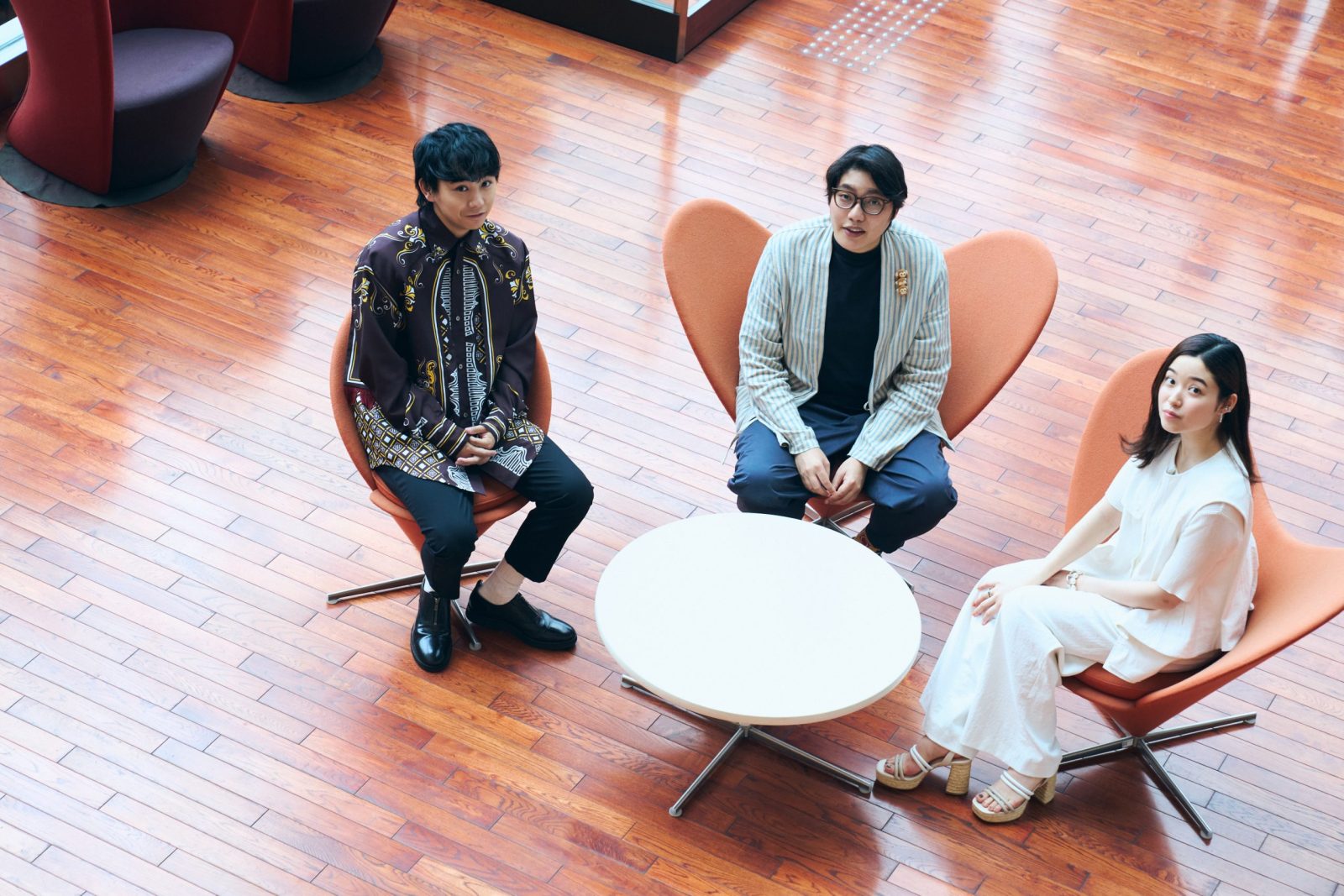
Ikebukuro is a place that exudes Edo-period energy.
Kinoshita-Kabuki(Kinokabu), which presents classical Kabuki and Bunraku plays as contemporary dramas, will be appearing at the arts festival with their representative work , "Sannin Kichisa Kuruwa no Hatsugai", following their previous performance of Kanjincho . Mr. Suga and Mr. Fujino, who are participating in Kinokabu for the first time, apparently watched Kanjincho from the audience last year.
Suga: It was a wonderful and original production that combined the power of the traditional art of Kabuki with a new, contemporary perspective and the meaning of performing it now.
Fujino: The visual effects were interesting too. There were Kabuki poses and dancing amidst flying laser beams...it gave me goosebumps.
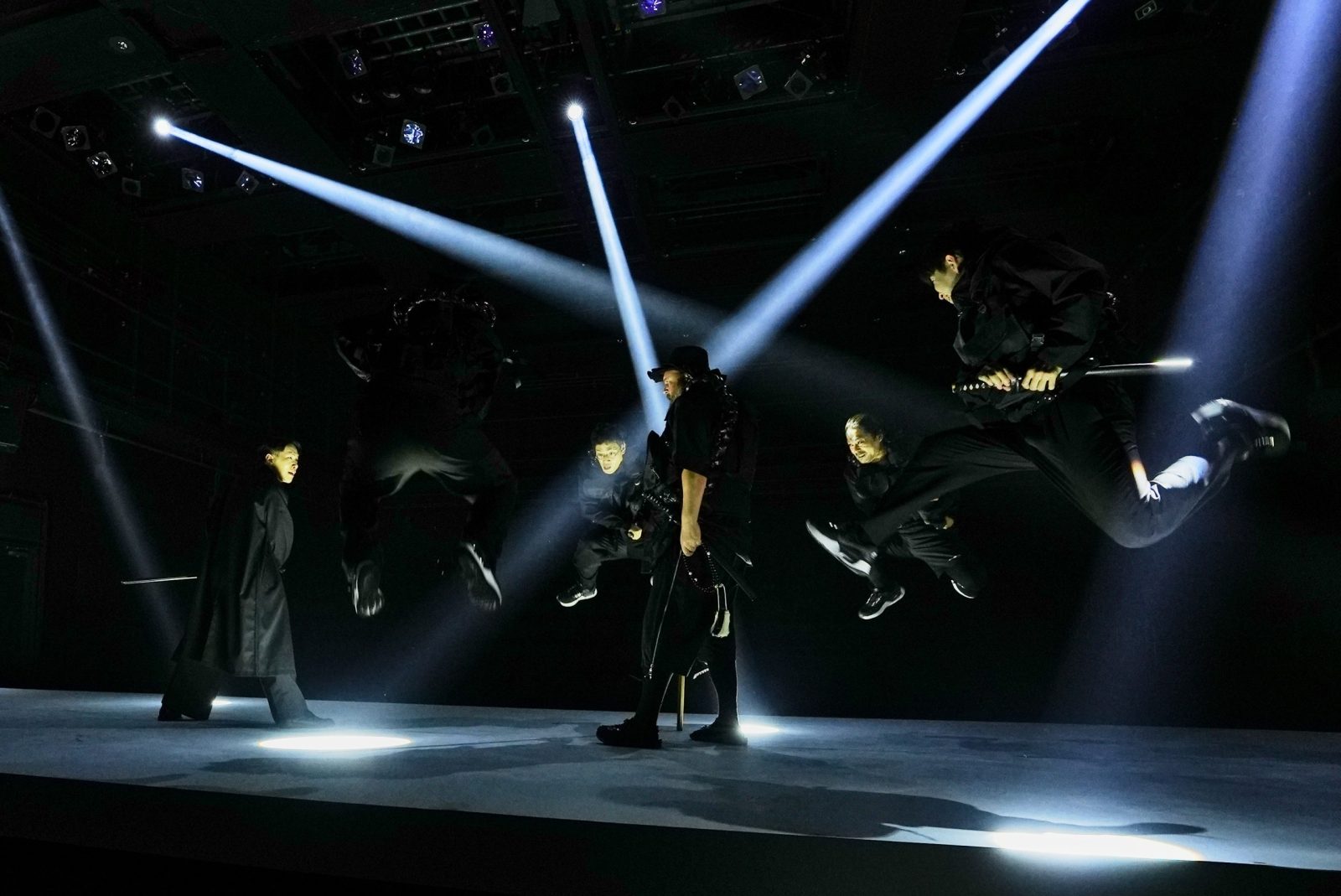
Kinoshita: Thank you. When I receive such a straightforward comment, I feel happy and a little embarrassed (laughs).<br /><br /> –The Tokyo Festival is being held in Ikebukuro, so do you have any favorite spots in the area?<br /><br /> Kinoshita: I strangely like the downtown area at the north exit. The narrow, winding alleys are crammed with izakayas, ramen shops, karaoke booths, comedy halls, and all sorts of other shops. It has an atmosphere a bit similar to an ukiyo-e print depicting Hirokoji Street at Ryogokubashi, which is said to have been the biggest entertainment district in the Edo period. I strangely feel the energy of Edo in that cluttered streetscape, and I find myself wandering around aimlessly even when I have no reason to (laughs).
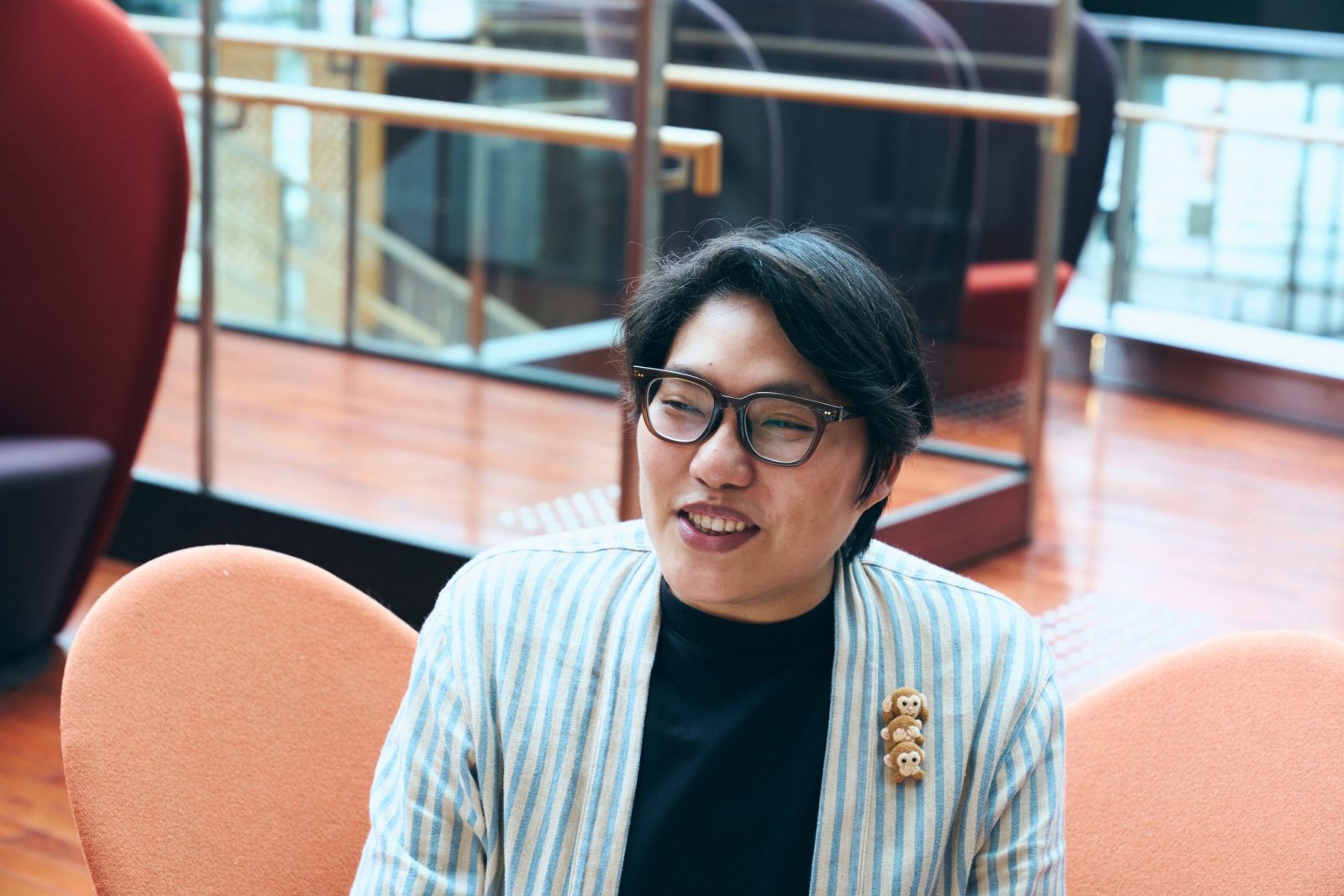
Suga: For me, Ikebukuro is a place where I come to look for things I like, and I have a strong image of it as a “culture town” or “hobby town.” I used to go to Animate (Ikebukuro main store) a lot until I was in middle school (laughs).<br /><br /> Fujino: I also went to Animate when I was a child! For me now, Ikebukuro is… Tokyo Metropolitan Theatre. It’s the theater where I first appeared on stage, in the play “We Know Nothing,” written and directed by Ai Nagai.<br /><br /> Suga: Ikebukuro is certainly a theater town. I myself often come here to see plays… Ah, I often go to Shanghai Fuchun Xiaolong (Ikebukuro West Exit 2nd store) which is located very close to the Tokyo Metropolitan Theatre on my way home from the theater (laughs). Their Xiaolongbao are delicious and I recommend them!<br /><br /> –If you have seen “Sannin Kichisa Kuruwa no Hatsugai” I would definitely recommend you visit the whole set.
A cast of actors with the courage and curiosity to jump into a new world
–Now, let’s talk about the production. “Sannin Kichisa Kuruwa no Hatsugai” brings together a fresh cast of actors, from young actors to veterans.
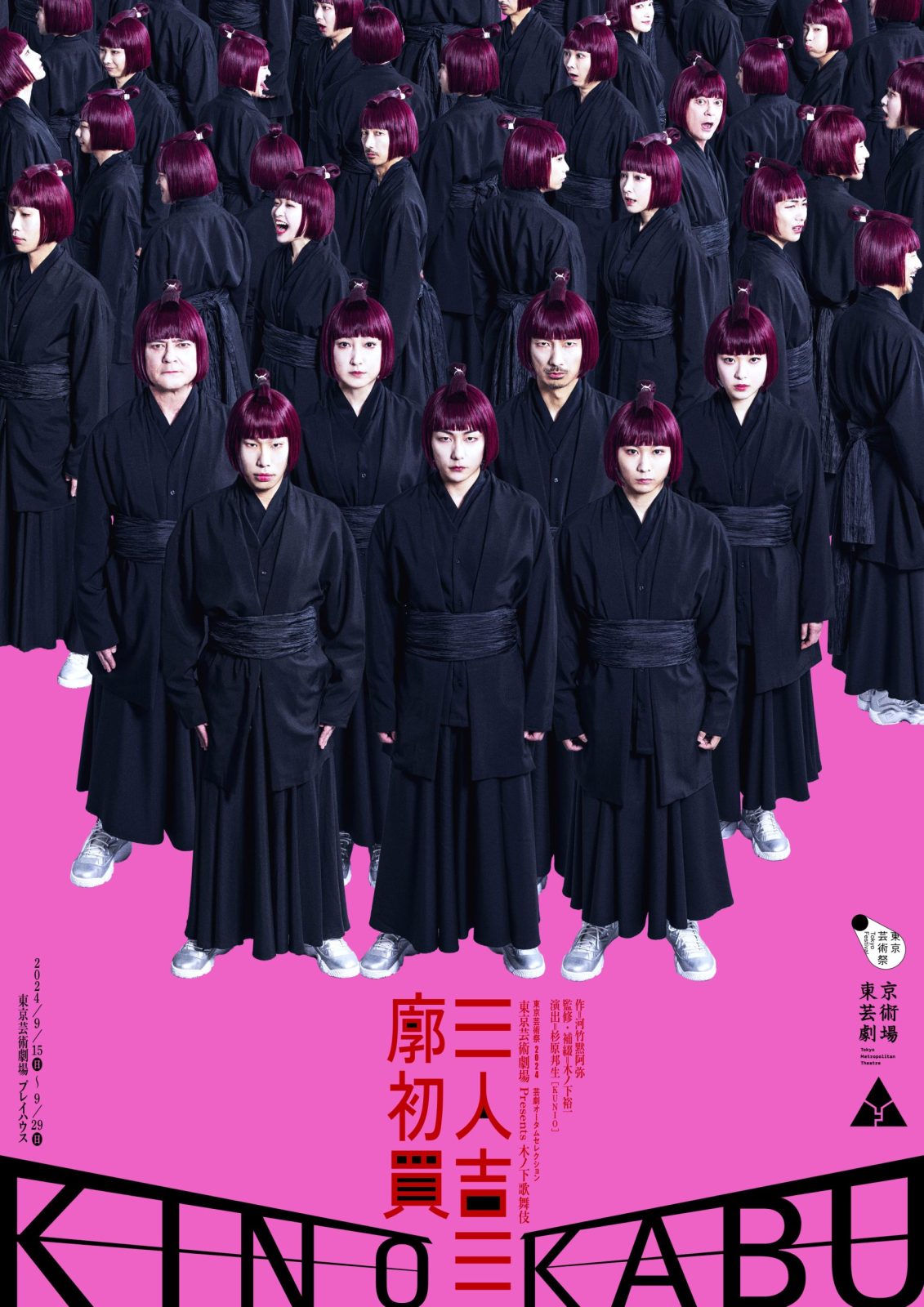
Kinoshita: I always want to work with actors who have a strong theatrical curiosity. In that respect, Mr. Suga and Mr. Fujino are not only perfect for the images of their characters, but they also have the courage and curiosity to jump into new worlds. They both had extremely high theatrical report cards according to Kinokabu’s survey.<br /><br /> (Everyone laughs)<br /><br /> Suga: I’m grateful for that report card (laughs). I’m excited about this new experience, but at the same time I’m scared, wondering if I can do it. I’ve had the opportunity to perform on stage with Taichi Saotome’s popular theater company, Gekidan Suzaku, and I’ve seen the amazing people who train from a young age. Kinokabu is a modern approach, but I’m worried about whether I can do it, since I have no background in traditional performing arts.
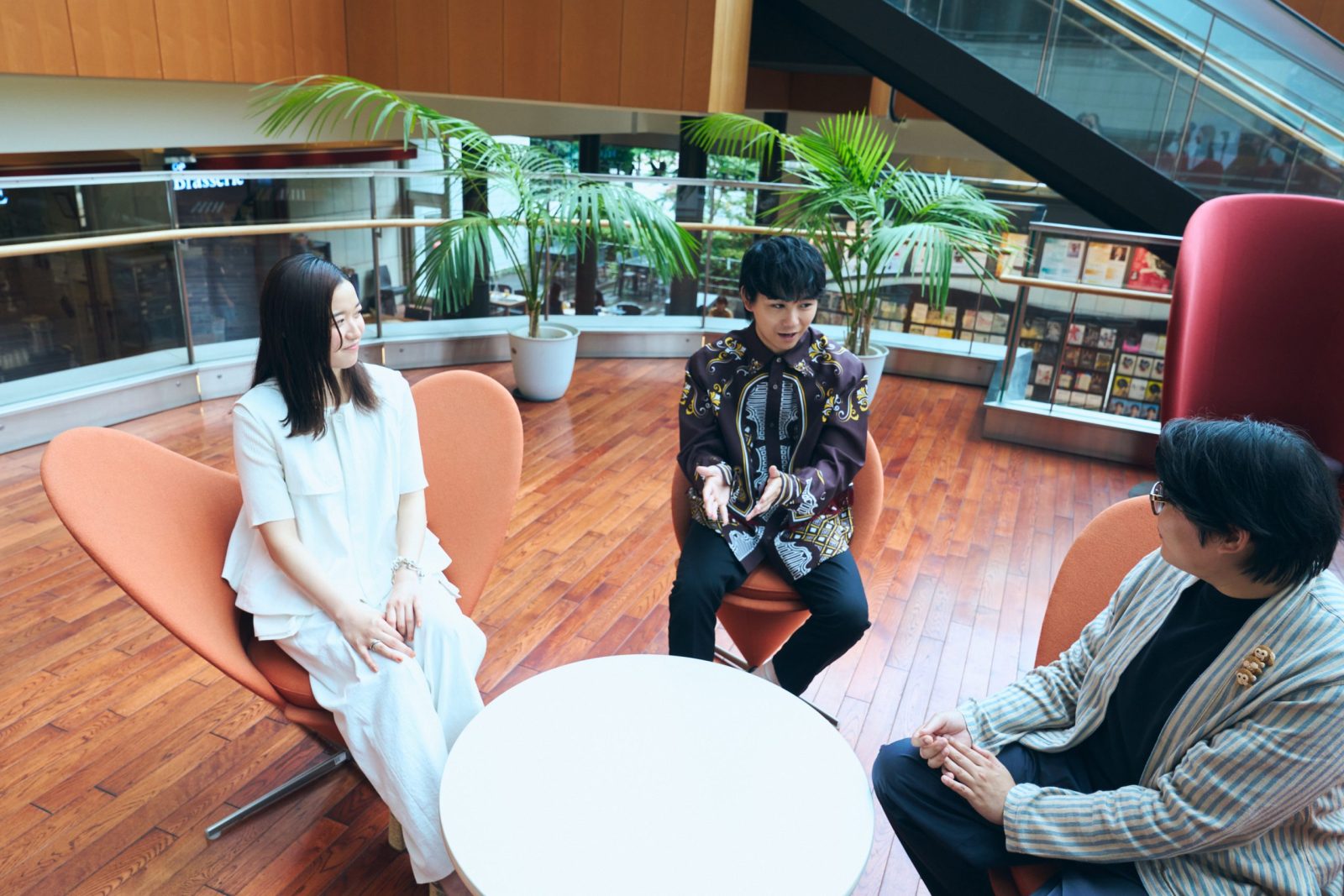
Kinoshita: Kinokabu is really rude, ordering us to do a kabuki play out of nowhere. (Everyone laughs) But the “fear” that Suga-san talks about is a very important point. I’m sure there are many “fears” such as “the words are difficult” or “if we don’t understand the historical background, we won’t be able to make a plan for the performance”. And another thing is that it’s scary that there are so many kabuki actors who have played the same role in a kabuki play in the past, isn’t it? For people who like kabuki, there is usually a “my ____” such as “I thought Yoshiemon was the best for the monk”. It’s scary that we have to convince such customers (laughs). But the whole troupe aims to put on a convincing performance while eliminating various “fears”, and it’s also fun to approach the history of theater.<br /><br /> Fujino: I haven’t had many opportunities to see Kabuki until now, but in preparation for this production, I went to the Kabukiza and watched Cinema Kabuki, and watched a variety of different productions. It became more and more interesting, and I began to feel like Kabuki, which I had initially thought was difficult and lofty, was becoming closer to me. In the Edo period, Kabuki was for the common people, right? I began to feel like I understood that.<br /><br /> Kinoshita: Wow, I’m so happy! That’s amazing.<br /><br /> Fujino: There are still some parts where the language is difficult, but it’s becoming more and more interesting little by little.
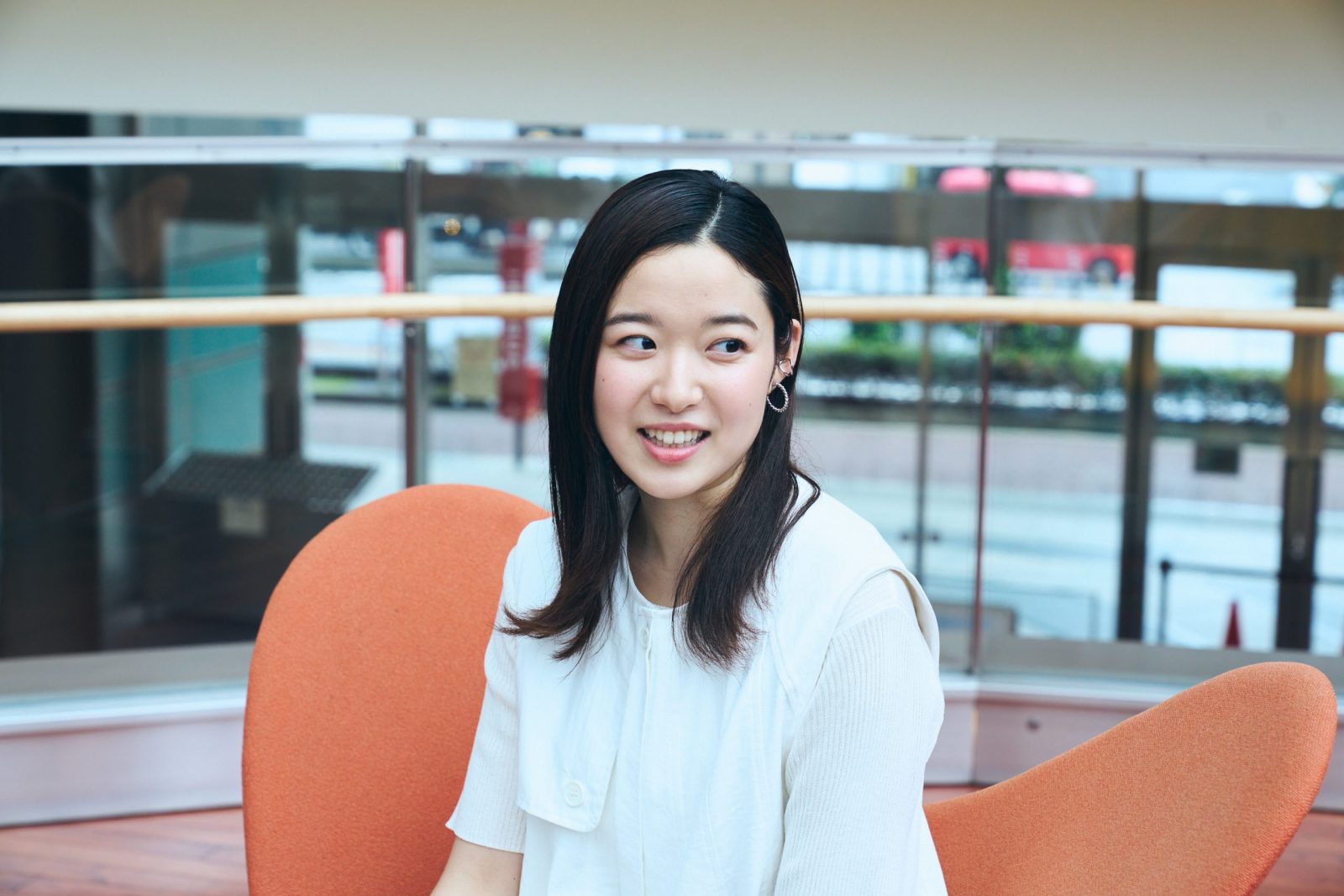
Trusting the audience's imagination, it's time to "share"
Fujino: Come to think of it, I heard that Kinokabu has rehearsals where they copy Kabuki plays exactly as they do them.<br /><br /> Suga: The rumored exact copy rehearsal! I was really curious about that too.<br /><br /> Kinoshita: This is really a perfect copy. First, you will watch a video of a kabuki performance and memorize the intonation of the lines and the movements. After that, you will practice while watching the video on a large monitor in the rehearsal room, and finally memorize everything. It’s a process of using the video to incorporate the logic of kabuki into your body. This process usually takes about two weeks. After that, we will start full-scale creation. We will rewrite it into modern language, or deliberately use kabuki lines. Ah, but when we quote kabuki directing styles in the actual performance, the director and the behavior instructor will look for the direction that will make you shine the most, so don’t worry. Kabuki forms are a form that compresses the information necessary for acting, such as interpreting the role, into a form. It’s like a time capsule filled with the greatest common denominators. If you trace it on your body, you will find that it is not so far from the way you usually put together your roles. As Suga-san said earlier, no matter how hard we try, we can’t express ourselves in the same way as Kabuki actors who have been on stage since they were 2 or 3 years old. But when we realize in practice that we can’t do it, the entire troupe shares the same understanding: “Well, then let’s surpass it by using the techniques we’re good at.”
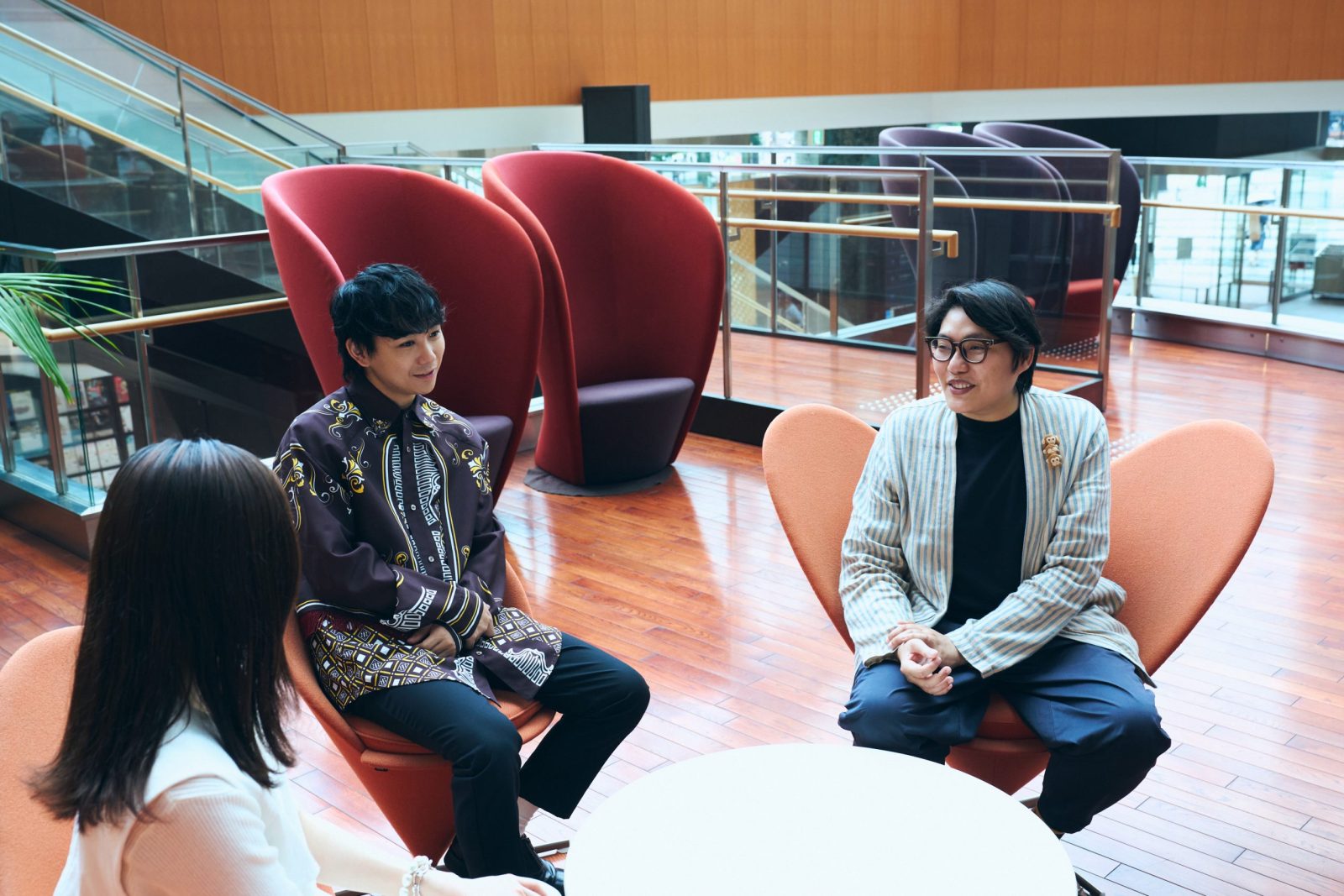
Fujino: In modern dramas, the approach is often from an emotional standpoint, so the task of thinking about the content from the form seems very interesting. I feel like it will be an unknown experience.<br /><br /> Suga: It’s important to understand the Kabuki acting plan and think about what to perform from there. I don’t know yet how it will be directed this time, but I feel that a big point for me will be to seek an expression that is not inferior to the artistic power of Kabuki. I would like to go see Kabuki again with that in mind.<br /><br /> –Following last year’s “Kanjincho,” the director will be Kunio Sugihara.<br /><br /> Suga: I worked with Kunio on the stage production of “Blood Wedding” (2022), and he was a director who had a gentle demeanor and embraced the entire cast. He’s such a wonderful person, so I’m really looking forward to working with him again.<br /><br /> — “Sannin Kichisa” was also performed in 2014 and 2015. Have you said anything about the 2024 version?<br /><br /> Kinoshita: Kunio said, “It would be nice to have more time to let the mundane things of everyday life float away.” After all, it’s a five-hour performance, so last time they tried all sorts of ways to make it not boring. Of course, this time it’s a large space called the Playhouse, and the overall show is important. Such glamour is necessary, but he seems to think that it will be more enriching to share the work while trusting the imagination of the audience, rather than forcing yourself to “look at this!” The premiere was the year after the decision was made to hold the Tokyo Olympics, so the atmosphere has changed dramatically since then.<br /><br /><br /> <span stt-id=”1″><a stt-id=”2″>▷Continued in Part 2</a></span>
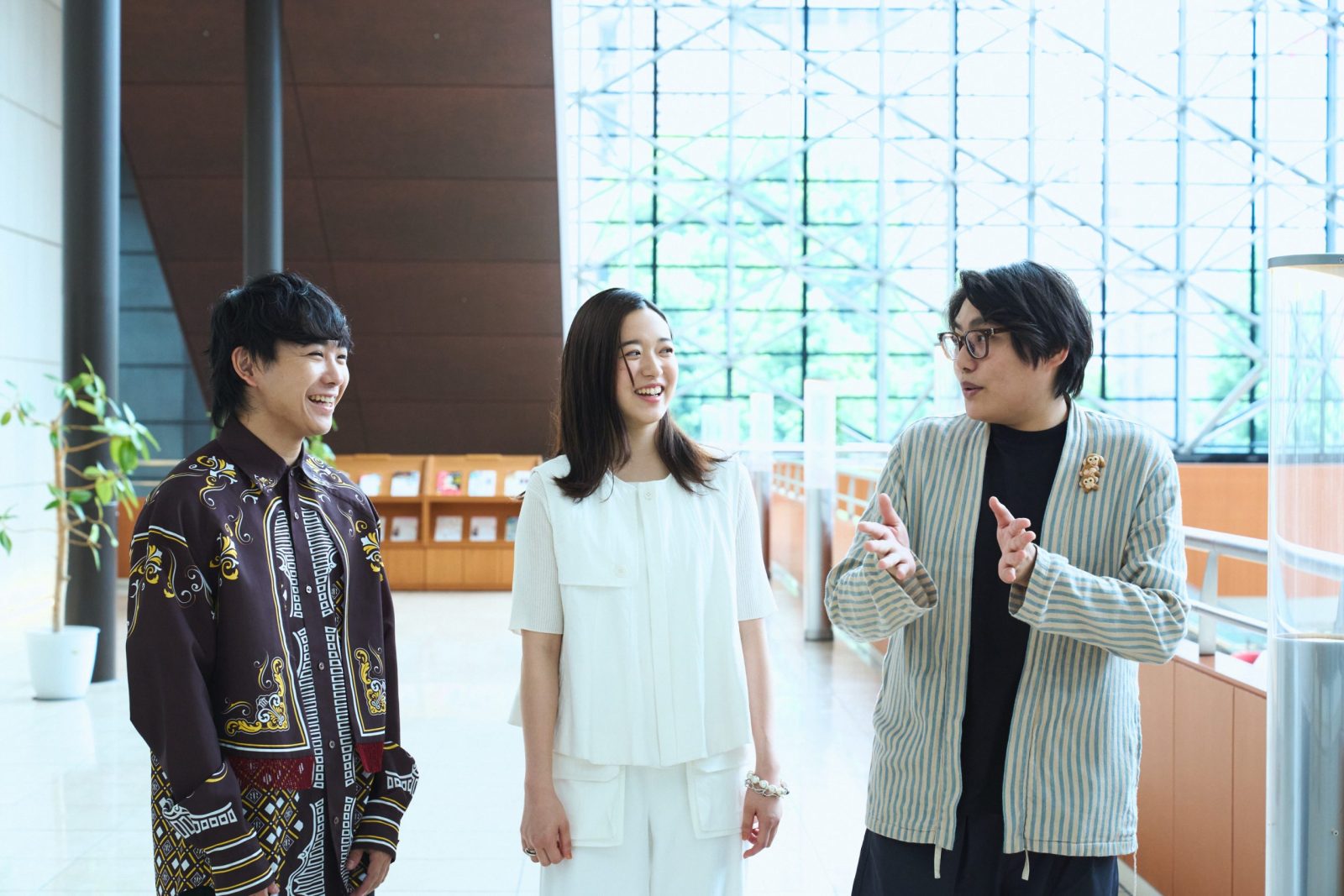
Yuichi Kinoshita was born in Wakayama Prefecture in 1985. He is the founder of Kinoshita-Kabuki . In 2006, while studying at Kyoto University of Art and Design, he launched Kinoshita-Kabuki that revisions and enhances the performances of classical plays. He has received many awards, including the New Artist Award at the 2016 Agency for Cultural Affairs, Government of Japan Arts Festival and the Encouragement Award at the 38th (2019) Kyoto Prefecture Cultural Awards. He will be the artistic director of Matsumoto Performing Arts Center (Nagano) from 2024.<br /><br /> Kenta Suga made his debut as a child actor in 1999. He gained attention in the TV drama “Be Kind to People” broadcast in 2002, and has since been active in stage and film productions. Recent stage appearances include Gekidan Shinkansen’s “Smoke Army,” “Shukkuri to Unshin,” and “Blood Wedding.” In the summer of 2023, he will also make his directorial debut with the theater company “Haikyu!!”<br /><br /> Ryoko Fujino made her debut as the lead in the 2015 film Solomon’s Perjury. She won numerous awards for her performance in the film, including the Newcomer of the Year Award at the 39th Japan Academy Awards. She is also active on stage, and recent appearances include Nitosha’s We Know Nothing, Romeo and Juliet, and Good.
Tokyo Metropolitan Theatre Autumn Selection Tokyo Metropolitan Theatre Presents Kinoshita-Kabuki "Sannin Kichisa Kuruwa no Hatsugai"
Written by Mokuami Kawatake<br /> Supervision and revisions: Yuichi Kinoshita<br /> Directed by Kunio Sugihara[KUNIO]<br /> Cast: Shunsuke Tanaka, Kenta Suga Ryotaro Sakaguchi, Ryoko Fujino, Seiichi Kohinata, Moeka Fukasawa<br /> Kimio Taketani, Noemi Takayama, Noemi Takayama, Kota Yamaguchi Taku Takei, Yuya Tanaka, and Fumie Midorikawa<br /> Jay Kabira/ Tamaki Ogawa, Hidekazu Mashima<br /> Swing: Toshihiko Sato, Shoko Fujimatsu<br /><br /> Period: September 15th (Sun) – September 29th (Sun), 2024<br /> Location: Tokyo Metropolitan Theatre Playhouse Language: Japanese (Portable English subtitle units available for rental, limited time and number)<br /> Price: All seats reserved, tax included. General S seats 9,500 yen, A seats 8,000 yen, side seats 5,500 Kichisawari. 25,500 yen (General S seats for 3 people on the same day)<br /> Early bird S seats: 8,500 yen A seats: 7,000 yen (only for performances on September 15th (Sun) and 16th (Mon/Holiday))<br /> Swing actor performance S seats: 8,500 yen A seats: 7,000 yen (only for the performance on Thursday, September 26th)<br /> 65 years old and over (S seats) 9,000 yen / 29 years old and under (A seats) 7,500 yen / High school students and under 1,000 yen / Act-viewing seats 2,500 yen<br /><br /> ▷ <a stt-id=”1″>Click here</a> for details of the program





